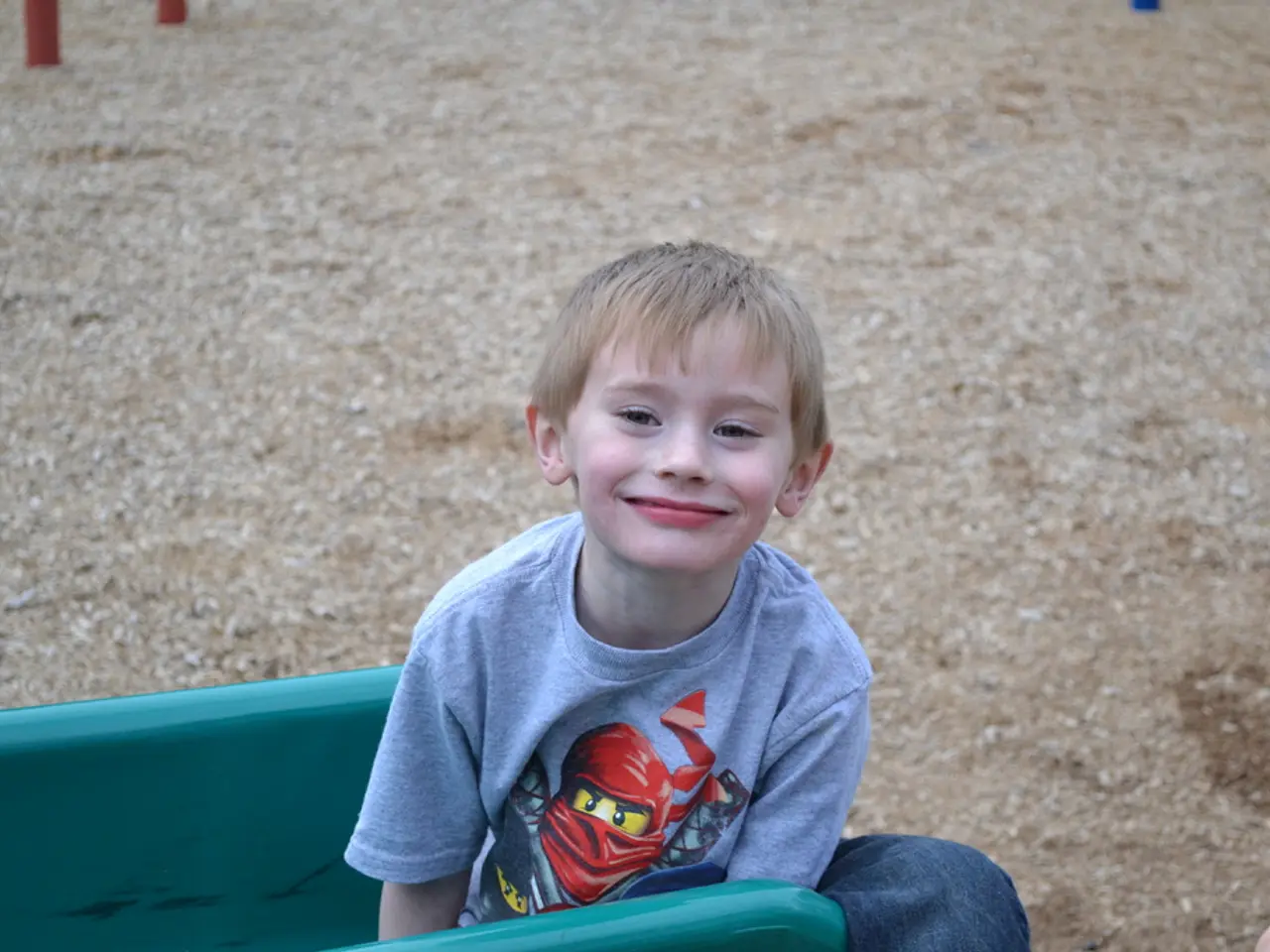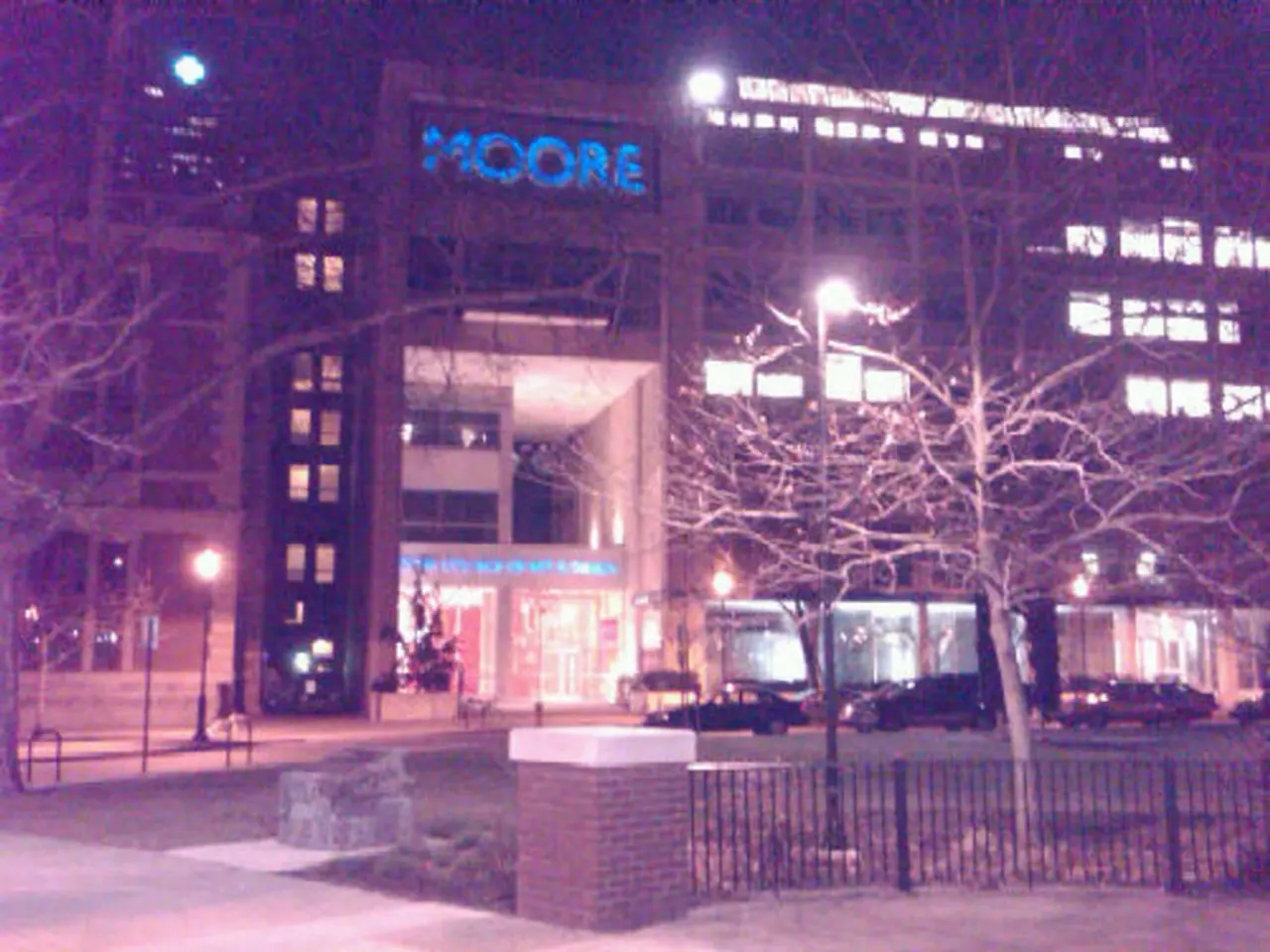Connections between Bipolar Disorder and Autism: Observations in Adults and Children
In the realm of mental health, the co-occurrence of Bipolar Disorder and Autism Spectrum Disorder (ASD) is a topic of significant interest. Studies suggest that about 5% to 8% of autistic individuals also have bipolar disorder, a rate higher than the general population's roughly 4% prevalence of bipolar disorder.
This increased co-occurrence is believed to be due to shared genetic and neurobiological factors. Research highlights overlapping genetic mutations affecting synaptic development, neural connectivity, and calcium signaling pathways. Genes such as those coding for neurexins and neuroligins, copy number variations, single-nucleotide polymorphisms (SNPs), and de novo mutations play roles in both autism and bipolar disorder, suggesting common underlying neurodevelopmental disruptions.
Risk factors and triggers for experiencing these conditions together include genetic predisposition, neurobiological abnormalities, environmental and psychosocial factors, neurological insults, and sleep disruption. For bipolar disorder specifically, stressful life events, childhood trauma, and abuse are notable triggers that may precipitate or exacerbate mood episodes.
Bipolar Disorder, characterised by periods of high energy and mood (mania) and low energy and mood (depression), shares some gene expression patterns with ASD. Symptoms associated with mania include feeling energized despite a reduced desire and ability to sleep, having rapidly changing ideas, reduced inhibition, increased activity levels, pressured speech, and reduced sleep. Symptoms associated with depression include reduced or lost interest in activities, unexplained exhaustion, feeling intensely, overwhelmingly sad, hopeless, worthless, or guilty, trouble concentrating, thoughts of suicide and death.
Diagnosing both conditions can be challenging, especially in autistic people who have significant communication or intellectual impairments. However, early, proper treatment typically reduces the risk of negative complications associated with both conditions and increases the chance that someone can live a normal, productive life.
Treatment for Bipolar Disorder typically involves a combination of cognitive behavioral therapy, mood-stabilizing medications, antidepressants, antipsychotic medications, and electroconvulsive therapy. ASD is diagnosed by looking at repetitive behaviors, restricted interests in the external environment, trouble interacting and communicating with others, symptoms that impact someone's ability to function normally, trouble making or maintaining eye contact, long-lasting, intense interest in special topics, and reacting negatively to changes in routine.
It's crucial for parents or caregivers who notice a child may be developing differently than expected, or who have trouble adjusting to or engaging with daily activities, or demonstrate other symptoms or differences in behavior that impact behavior or communication, to talk with a doctor. Similarly, anyone concerned that they or someone close to them may have either condition should seek a complete diagnosis from a healthcare professional.
The true prevalence of ASD and bipolar disorder together is not well-known due to the rate of misdiagnoses. Misdiagnosis can occur due to similar gene expression patterns in the brain, and it remains unclear how the two conditions truly relate to each other. Nevertheless, understanding the co-occurrence of these conditions is essential for developing integrated evaluation and tailored treatment strategies addressing both neurodevelopmental and mood disorder components in individuals presenting with this comorbidity.
References: 1. Constantino, J. N., & Todd, R. D. (2003). The epidemiology of autism and other pervasive developmental disorders. Journal of the American Academy of Child and Adolescent Psychiatry, 42(1), 10-21. 2. Harrison, P. J., & Rutter, M. (2000). The genetic epidemiology of autism. Journal of Child Psychology and Psychiatry, 41(3), 249-262. 3. Kupfer, D. J., et al. (2002). The National Institute of Mental Health Diagnostic Interview Schedule: Version 4.0 (NIMH DIS 4.0) for DSM-IV: Administrative Manual. National Institutes of Health.
- Autism Spectrum Disorder (ASD) and Asperger's syndrome are conditions often associated with a higher prevalence of Bipolar Disorder, according to research in the fields of science and health-and-wellness, due to shared genetic and neurobiological factors.
- In the pursuit of mental health, it's crucial to address the co-occurrence of ASD and Bipolar Disorder, given the overlapping genetic mutations affecting synaptic development, neural connectivity, and calcium signaling pathways, as well as the potential environmental and psychosocial risk factors.




